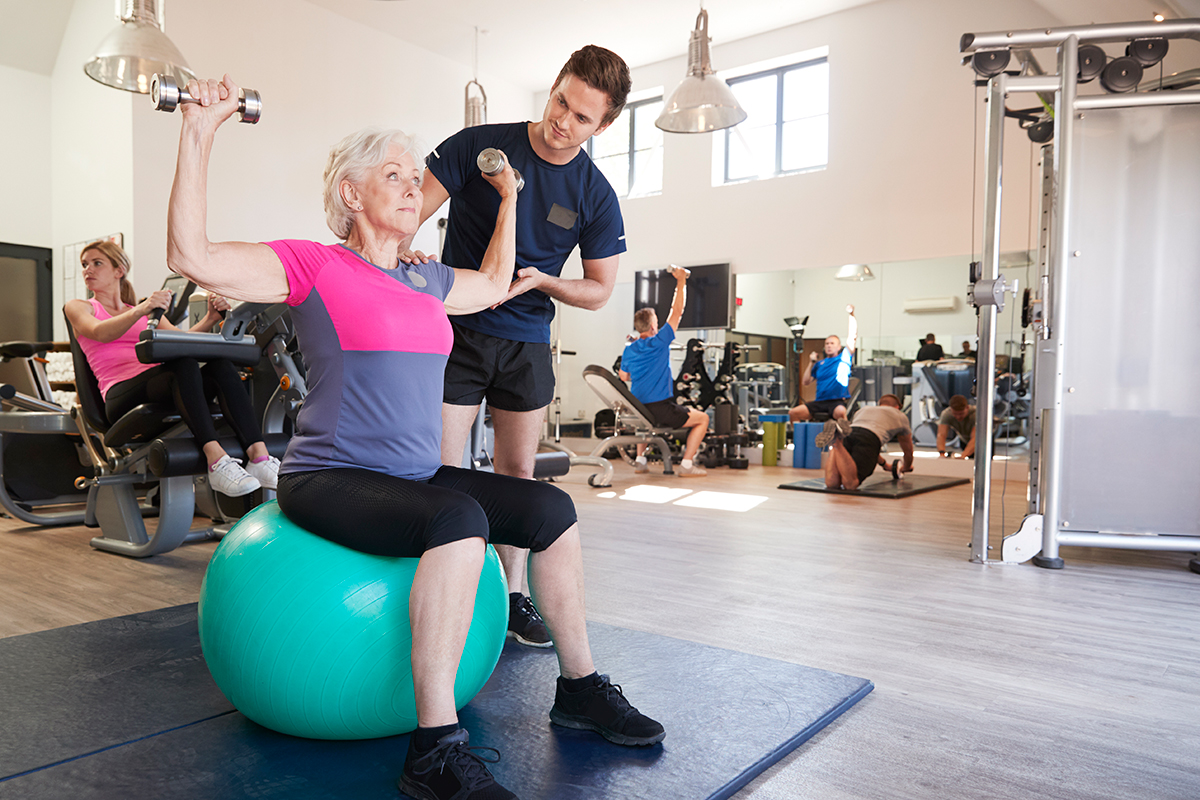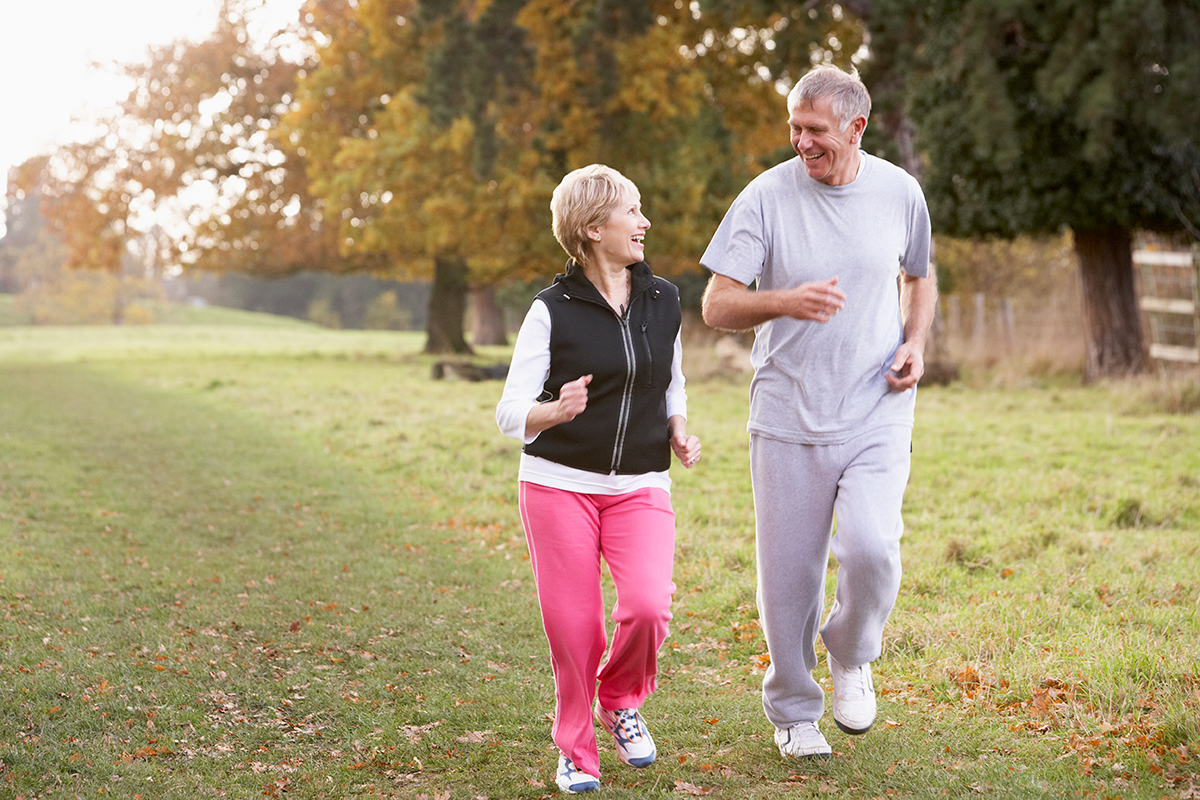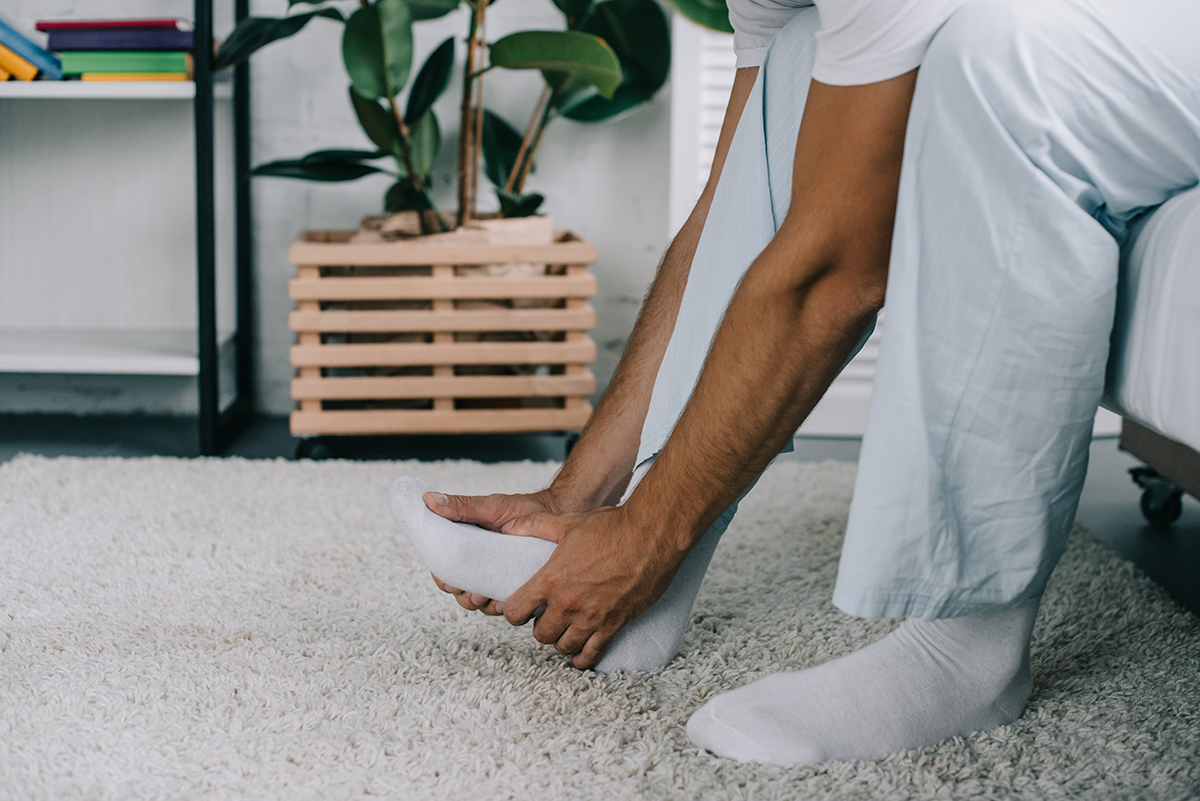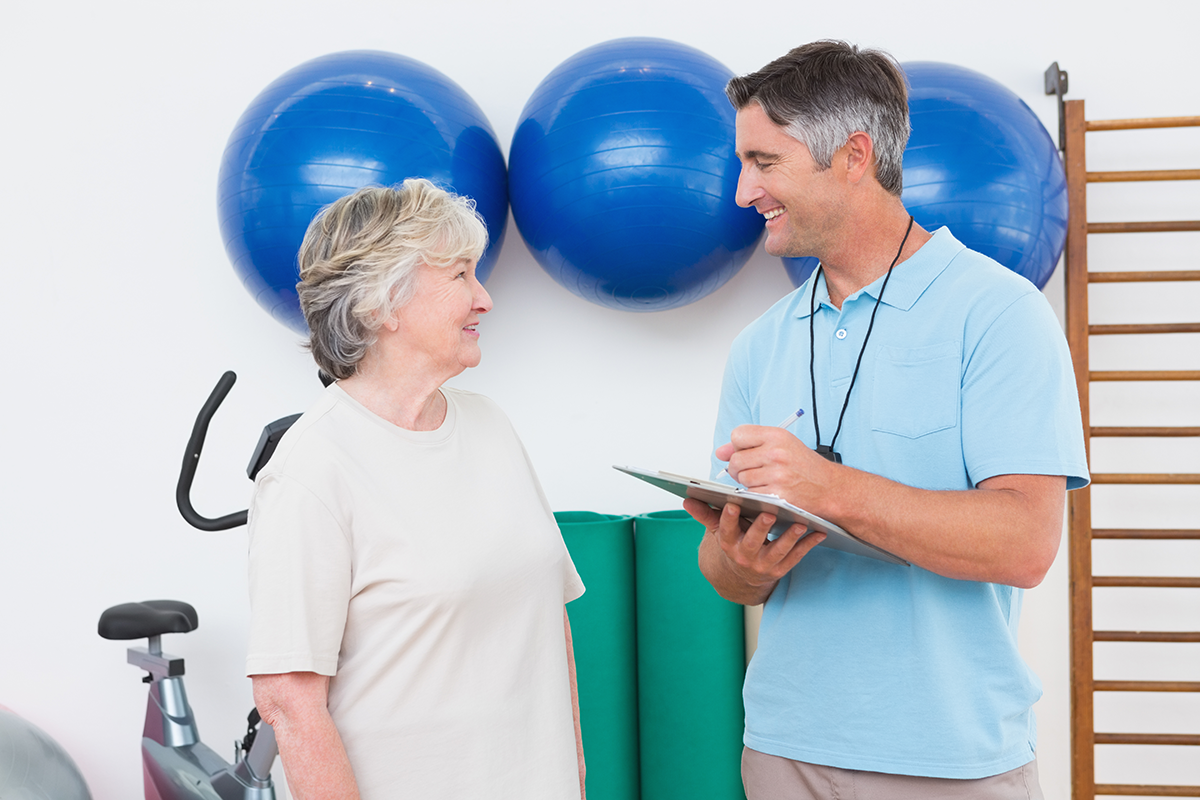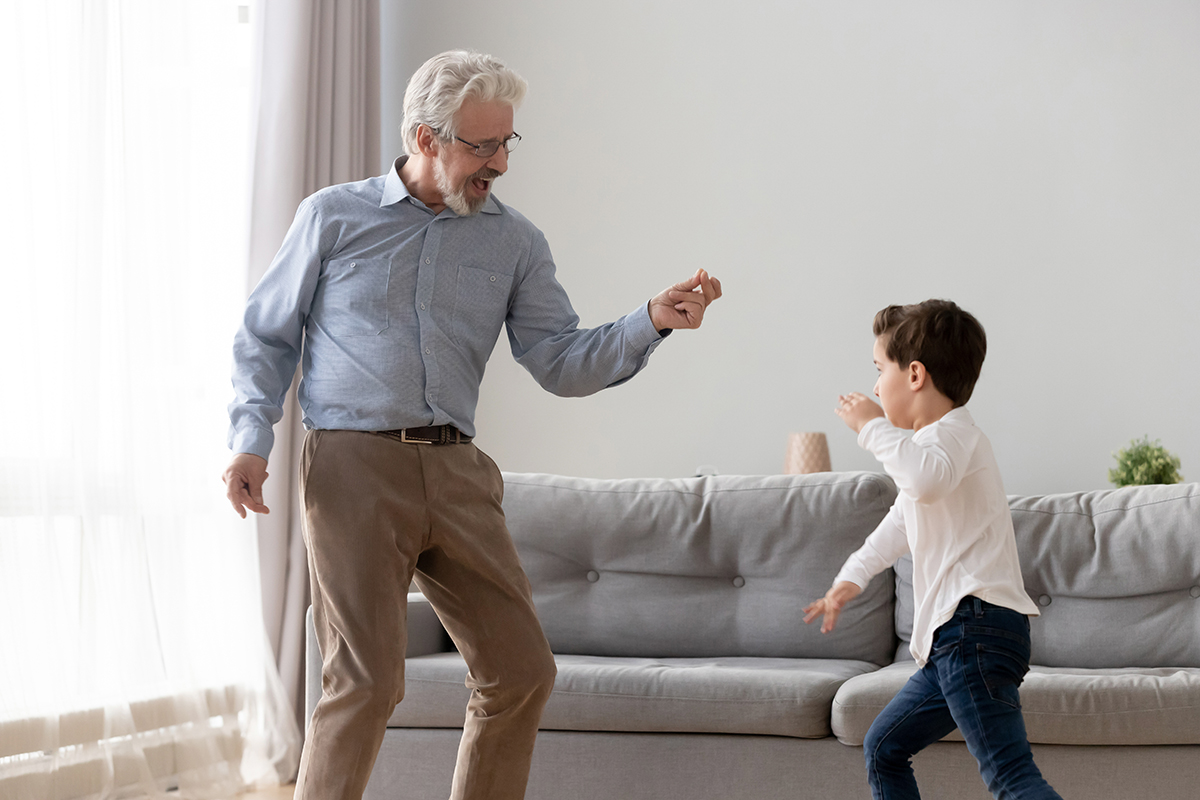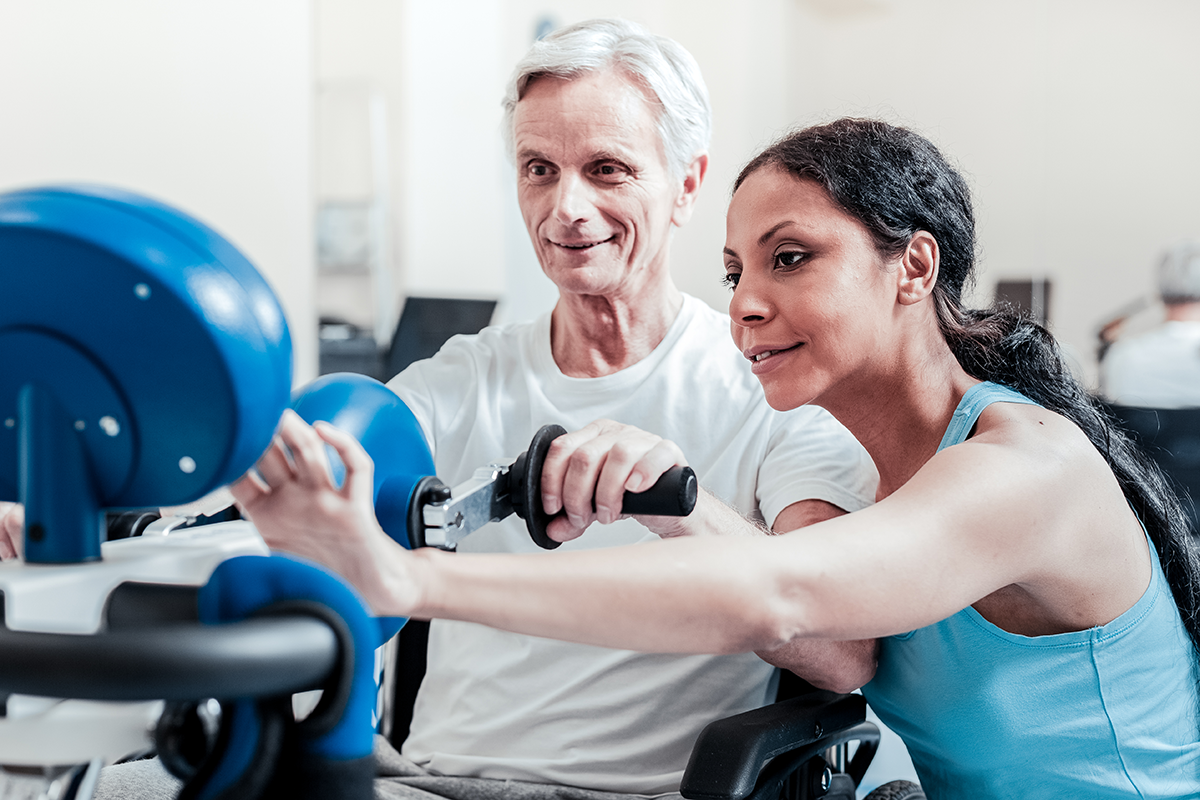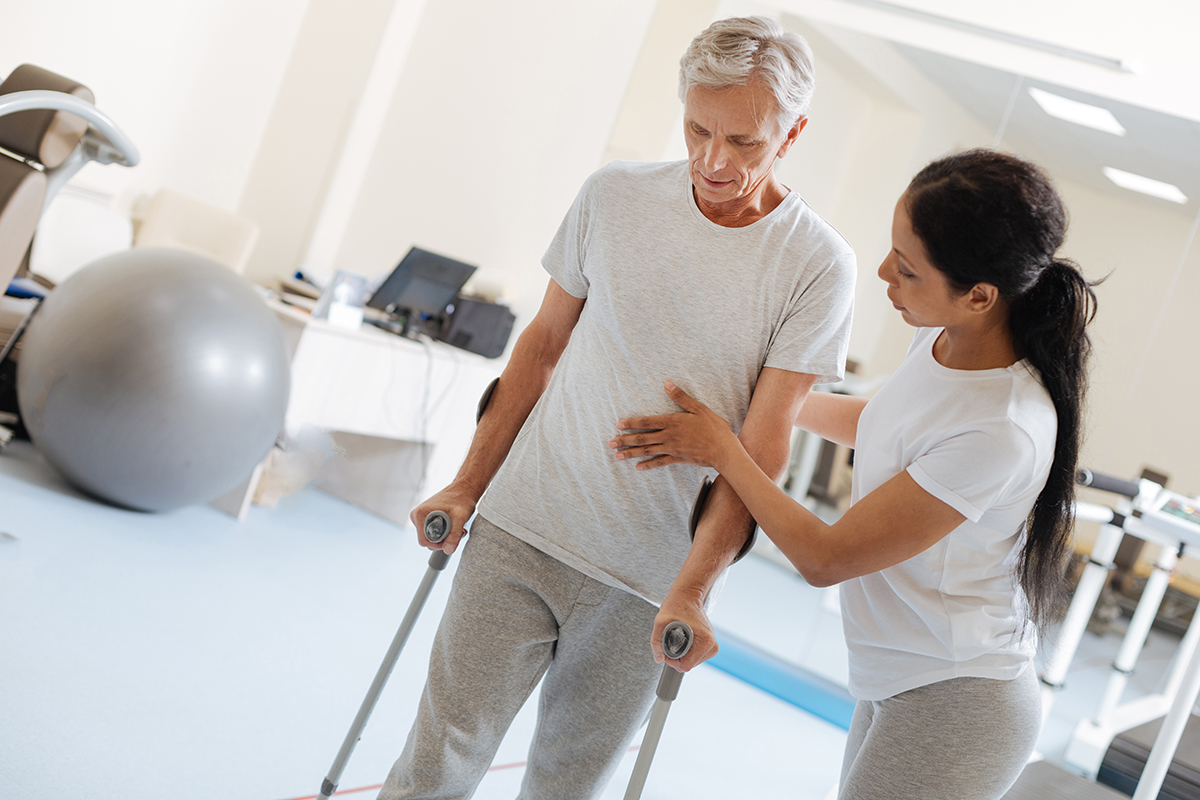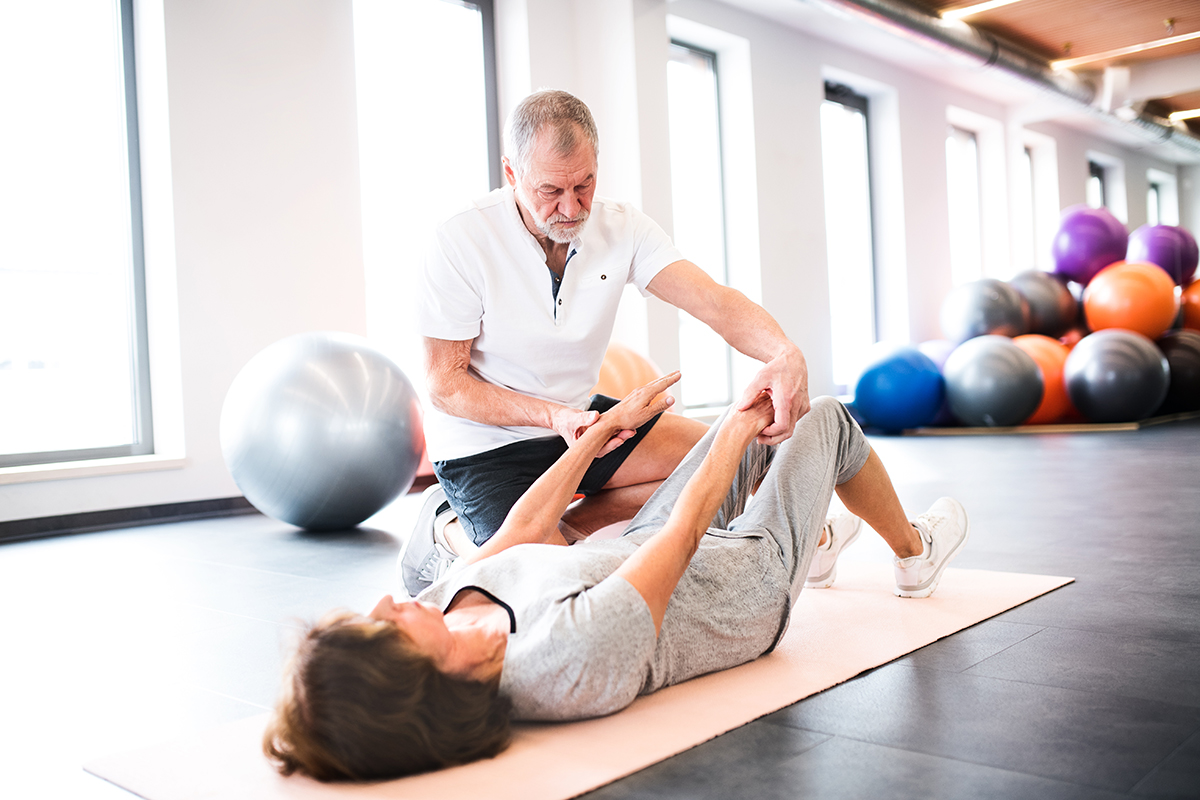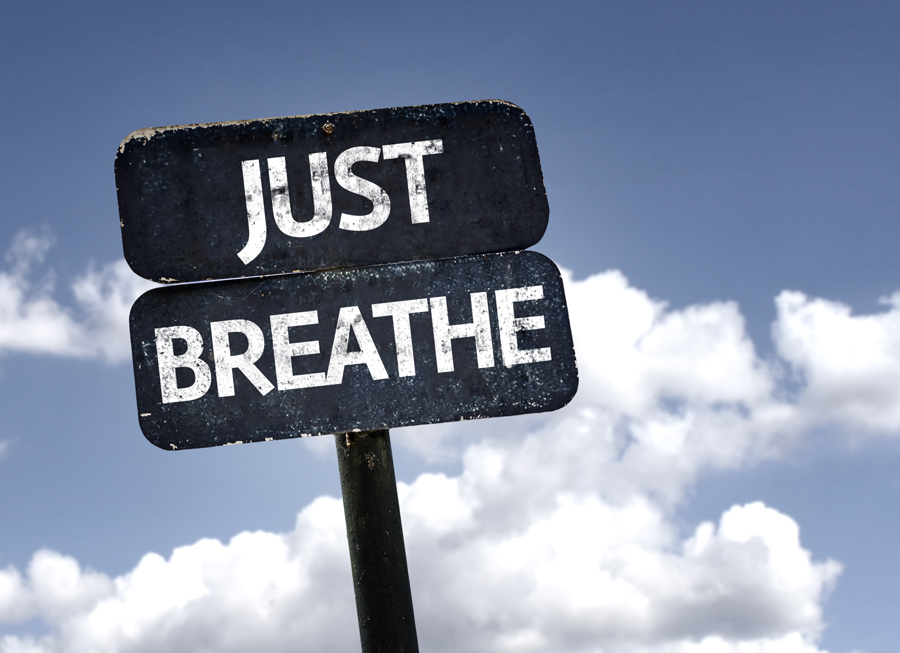Promoting the Medical Fitness Market
MedFit Classroom (through the MedFit Education Foundation) continues to expand education and specializations for Fitness professionals. However, simply earning a certification does not mean clients will flock to you, or that doctors/therapists will refer their post-medical/rehabilitation patients to you. Most trainers today working with these types of clients did not look for these clients and fewer were referred to them by a medical professional.
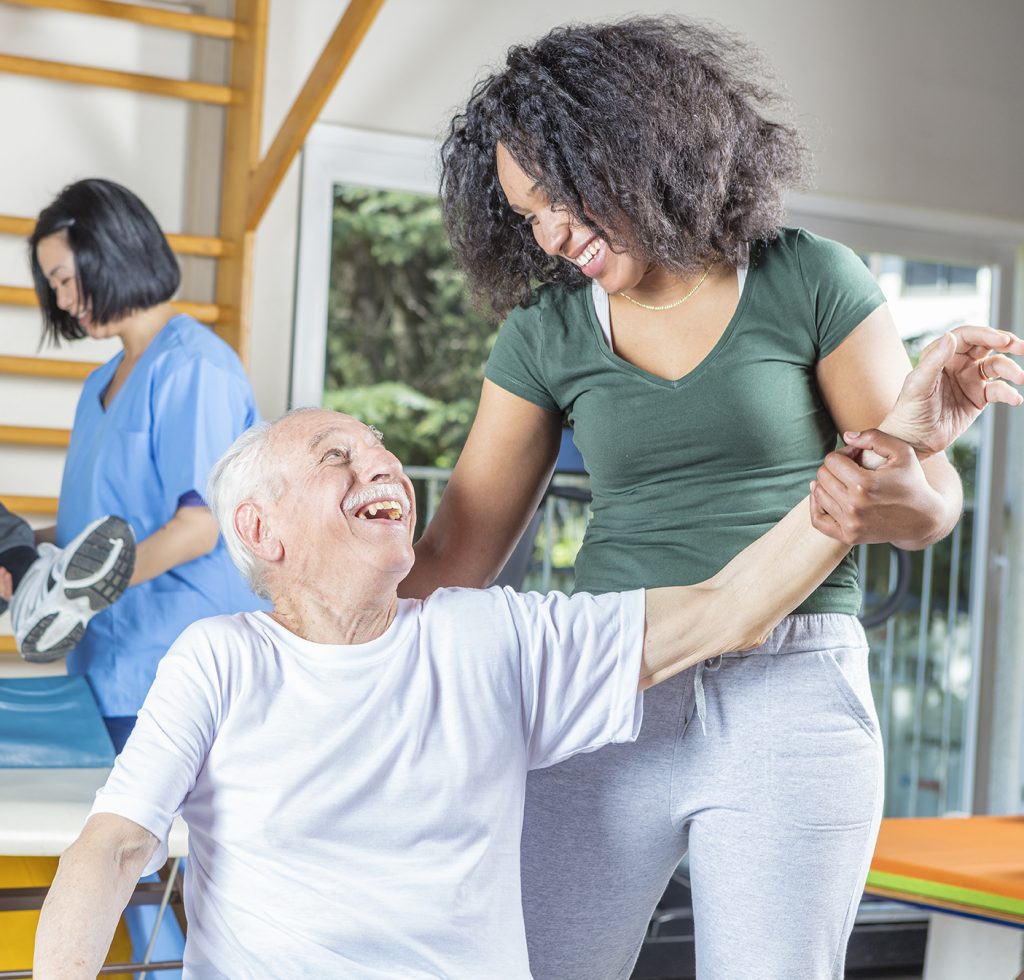 However, many trainers fall in love working with these clients, whether they are a stroke survivor, had a knee replacement, or other physical complications. So, how do you find and attract new clients in this growing niche?
However, many trainers fall in love working with these clients, whether they are a stroke survivor, had a knee replacement, or other physical complications. So, how do you find and attract new clients in this growing niche?
Researching Medical Fitness
I interviewed Brian White, an MBA student at the University of Colorado, a transitioning military veteran, and an expert in messaging and analysis of popular media. After studying the post-medical rehabilitation and personal training industry, Brian had several takeaways focusing on education — of both the medical community and the fitness community, standards, and networking.
Brian observed that in a survey of physicians, only “17% of the respondents have a formal alliance for stimulating activity with an exercise provider.” (Leemrijse, 2015) In other words, few physicians have a professional relationship with a personal trainer who they would then refer patients to, after completing physical therapy. Additionally, the main reason for low collaboration was that they did not know any qualified fitness professionals and so could not inform their patients of exercise options, outside of the medical system.
The global problem of standards
Further, lack of collaboration between medical providers and fitness professionals was not only a problem of ignorance but also a lack of trust for an industry that has few standards. According to Brian’s research, there is a general lack of credibility “of the medical fitness professionals within the healthcare community” and a need for “better prepare[d] medical fitness professionals for practical application, further education, [and] potential elevating to graduate-level coursework [which] should be implemented to support prevalent chronic conditions.” (White, 2021)
Anyone can use the term personal trainer, legally — whether certified or not. A 2017 fitlegally.com article exposed how in the USA, regulation of the industry is state-by-state and no federal statute concerning who can be a personal trainer, what their education must be, or how they may practice. In Australia, only validly certified personal trainers can get mandated insurance. Brazil demands a bachelor’s minimum education. (Rabe, 2017)
The point is this: medical fitness professionals must be educated on the fitness needs of their clients. Courses provided by MedFit help ensure that personal trainers have the specialized knowledge to make a world of difference for a client such as a stroke survivor, after physical therapy. Beyond that, medical professionals, as well as potential clients, must have a dependable source of knowledgeable, experienced fitness professionals who can be trusted to address the needs of the client. Long term, legislation along with education from organizations like MedFit could help to build awareness, validation, and could help to provide a pool of knowledgeable and trustworthy fitness professionals.
MedFit Education Foundation standing in the breach
In the meantime, professional organizations can bridge the gap for personal trainers. MedFit’s board of directors has stacked their medical and education advisory boards with highly qualified experts. Thus, fitness professionals can be confident they are receiving courses with quality content and validation from recognized medical and fitness professionals.
Furthermore, MedFit is advocating for fitness professionals by actively networking with the medical community and sharing with them information about the organization’s courses and the caliber of professionals taking their courses. MedFit is effectively building the post-medical fitness market.
Building medical fitness
Strategy #1
Besides online marketing, Brian has advice on how to build your own medical fitness network and allow clients to find you.
Reaching out to introduce yourself to medical/rehabilitation providers is tried and true. You might ask if you could drop a packet off describing your services. You could ask if they would let you put your brochures in their waiting room or add your cards to their business cardholder. A simple one-page flyer about the specific disorder you are educated to help with (i.e. MedFit’s Stroke Recovery Fitness Specialist), will help them have confidence in you and be a ready resource at their fingertips. Speaking directly to a Physical Therapist is likely to be even more successful.
If you choose the cold outreach method be prepared to face a lot of rejection.
Strategy #2
Patient support groups and organizations also offer wonderful contacts. In Colorado, for example, there is a Stroke Advisory Board and dozens of support groups that can be found online (https://www.strokecolorado.org/co-stroke-support-group-list). These lists represent opportunities to speak directly with stroke survivors and allied health professionals, who have direct contact with both providers and clients.
Strategy #3
The personal trainer turned marketing guru, Joe Lemon, advises learning about content-based networking. This technique is creating mutual content with people who can influence your market, like potential referring doctors and therapists. This is proving to be one of the most effective strategies for personal trainers to build trust and community with medical professionals. In fact, this can help the private fitness professional boost awareness for their business and drive down client acquisition costs. By collaborating on content, build strategic partnerships with a win-win mindset and allows personal trainers to demonstrate their level of fitness expertise and commitment to their craft. (Lemon, 2021)
Keep in mind, your network cannot grow unless someone acts—take action and do not overthink it.
In conclusion, working with special populations like stroke survivors or joint replacement clients is extremely rewarding and very necessary. Work is still needed to bring awareness to the availability of quality, safe, and effective training provided by educated professionals. But the payoff for both fitness specialists and clients is great and with MedFit support and education, the possibilities are exciting. Together, we can change the face of post-medical fitness.
Dr. Grove Higgins is a chiropractor, rehabilitationist, soft tissue injury expert, researcher, anatomy instructor, biomechanist, human performance expert, speaker, and corporate health consultant. In 2015, Dr. Higgins cofounded Neuroathlete with Coach Patrick Marques (LTC, US Army Ret.) and Peter Hoversten. Neuroathlete’s goal is to more broadly deliver neurological training to a global audience.
References
Leemrijse, C. d. (2015). Collaboration of general practitioners and exercise providers in promotion of physical activity, a written survey among general practitioners. BMC Family Practice, 16(1), p1-9.
Lemon, J. (2021, April 5). https://anchor.fm/sales. (G. Higgins, Interviewer)
Rabe, A. (2017, September 5). Do fitness professionals legally need to be certified? (US, Australia, Canada, UK & Brazil). Retrieved from Fit Legally: https://fitlegally.com/2332-2/
White, B. (2021, 4 2). “Untitled”. Monument, CO, USA: Brian White.

